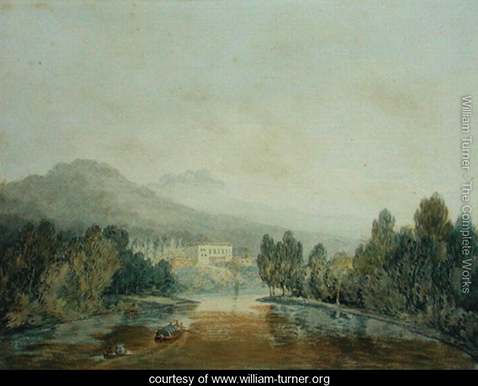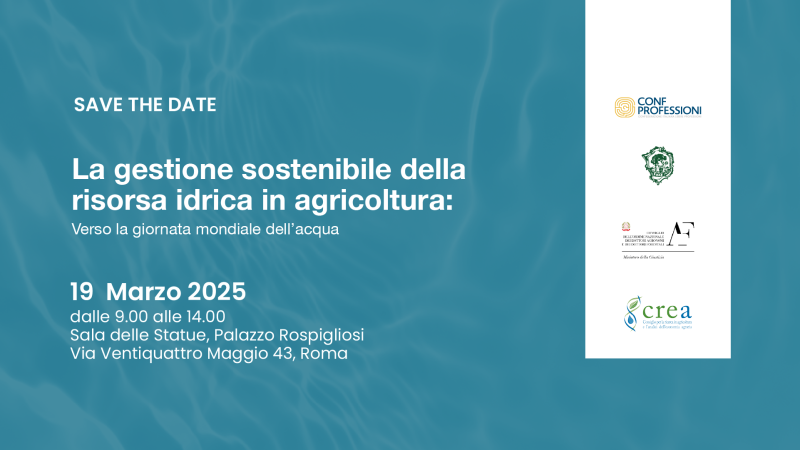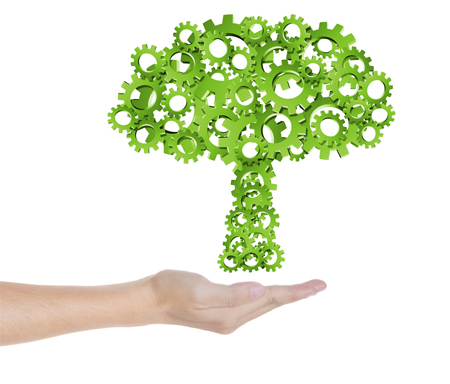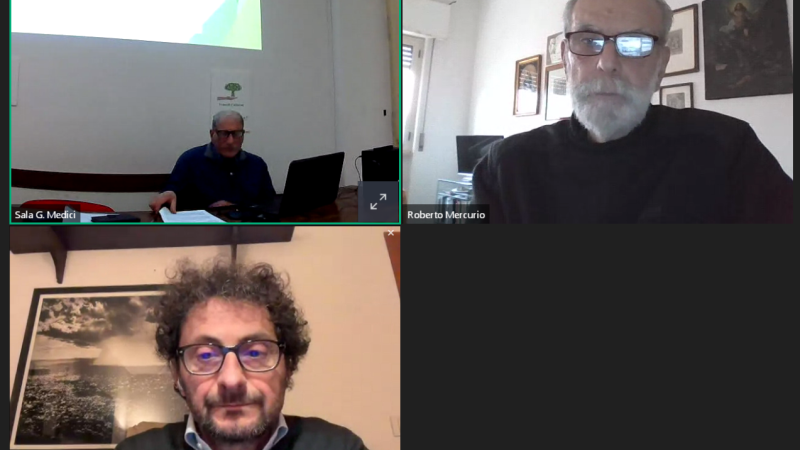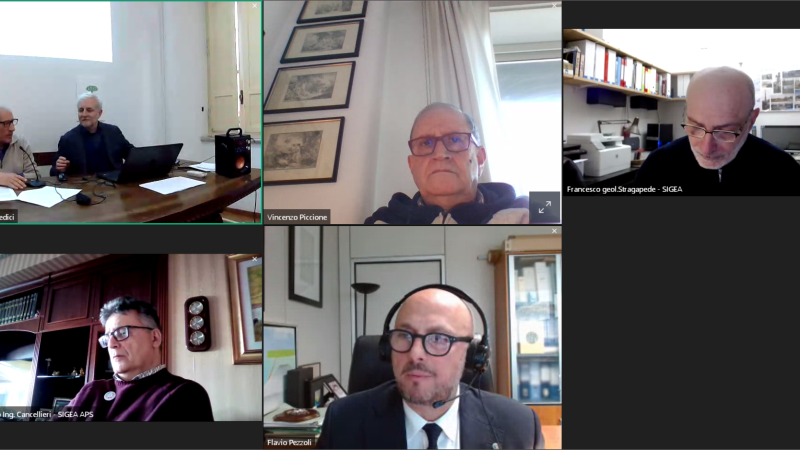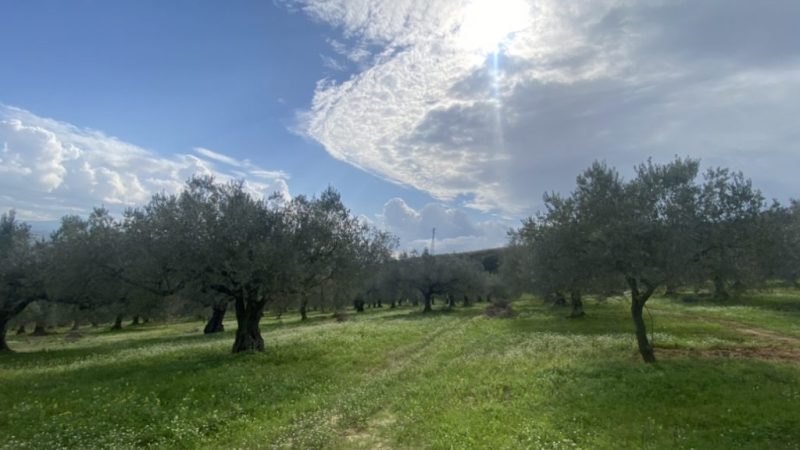The impact of agriculture on natural resources (water, soil and biota)
Chapter of World Food Production
Introduction. The rural landscape: different approaches, biodiversity and natural indicators
The landscape is a complex structure that is generated by the interaction between the natural environment and anthropic component. In recent years, the concept of rural landscape, understood as sustainable development, has sparked an interest in science by opening the de- bate on the real meaning of this terminology. The sustainable environ- mental management is a slow and complex process, aimed at achieving a certain degree of environmental, economic, social and institution- al improvement. The objective of this type of management is represented by the satisfaction of the needs of the current generation with- out compromising future generations.
A major difficulty of operating a landscape is represented by the space-time variability of the very concept of rurality, in relation to the continuous and rapid transformation of society. According to the National Institute of Rural Sociology (IN- SOR) the rural landscape can have four different meanings (Merlo et al., 1992). The first affirms the concept of rural landscape as a micro- society, defined as the relation of the demographic size of human settlements.
Rural settlements are identified as inhabited areas only when and if they reach at least two thousand inhabitants. However, this criterion does not always allow the appreciation of the real degree of rurality of an area due to the different degrees of dispersion of rural com- munities throughout the country…
